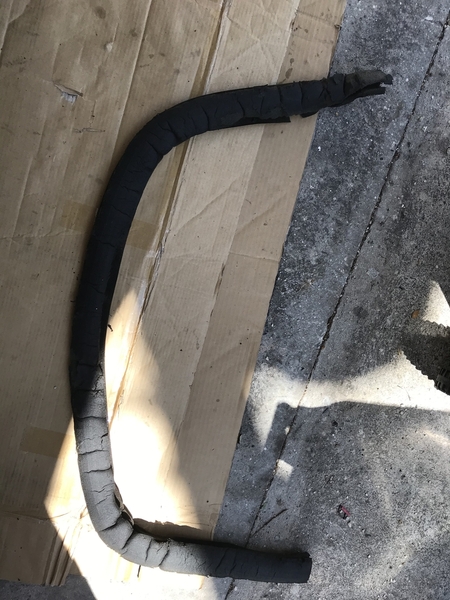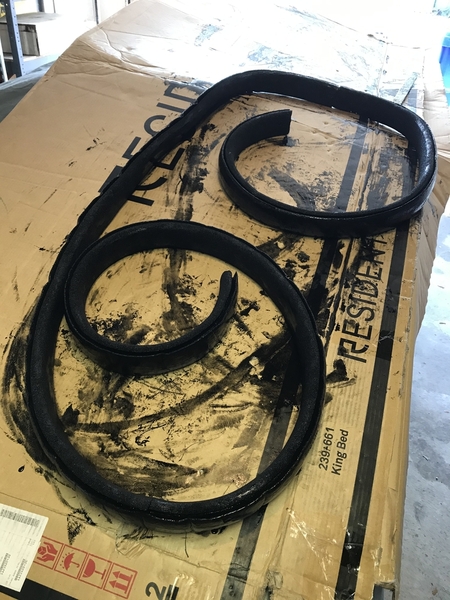The air cooling system is not simple. Being surrounded by lots of air we can't see doesn't help us understand it. It helps if we think of air as a very thin (extremely low viscosity, low density) liquid, because that's exactly how it behaves.
We need A LOT more volume to cool an engine with air than water. Air is has much less mass to absorb heat, so an air cooled system is sensitive to issues that negatively impact the supply of cool air or its distribution. This results in one very important engineering principle: When using air to cool an engine, only use the air once.
Because of this principle, the VW/Porsche system is designed like this:
1 - A fan is run off the crankshaft and to provide airflow for cooling. The fan is run at very high speed to provide high volume and to pressurize the air. At 3400 rpm a stock VW fan in a doghouse fan shroud will supply about 1700 cfm @5psi. That's a lot of air and the pressure is an important part of the system's ability to get the air onto the hot parts and then carry the heat away from them. (Our water cooled systems run at pressure, too, partly for the same reason.)
2 - The fan is above the engine so the flow is from the top down, or from inside the engine compartment to outside the engine compartment. This flow direction has nothing to do with the top or bottom requiring more cooling, it's just a real estate thing.
3 - The fan moves LOTS of air to get the job done, so the air pressure in the engine compartment is lower than outside the engine compartment. Fresh cool air will be continually supplied to the engine compartment for the fan if we manage the flow properly.
4 - The seal between the tins and the engine compartment prevents air that has already been used to cool the engine from being sucked into the engine compartment and passed over the engine a second time. This is critical to our prime engineering principle of only use the air once.
5 - The tins, and seals help complete the management of the airflow. Without them the used, unmanaged hot air will recycle though the system. This is a little like bypassing the radiator in a water cooled car. Eventually the recycled hot water can't absorb any more heat from the engine. An air-cooled engine without a complete flow management system will recycle heated air until the engine fails.
There are lots of other very complicated things going on that we could get into, like maintaining the air pressure gradient across the system (ask our HVAC expert @Stan Galat about that), the effect from the oiling system, and more. But I hope this gets at the heart of air cooling and helps explain why us old codgers with lots of air-cooled miles get all persnickety when a discussion of tins and seals comes up. (It also partially explains why I went Suby this time  )
)









